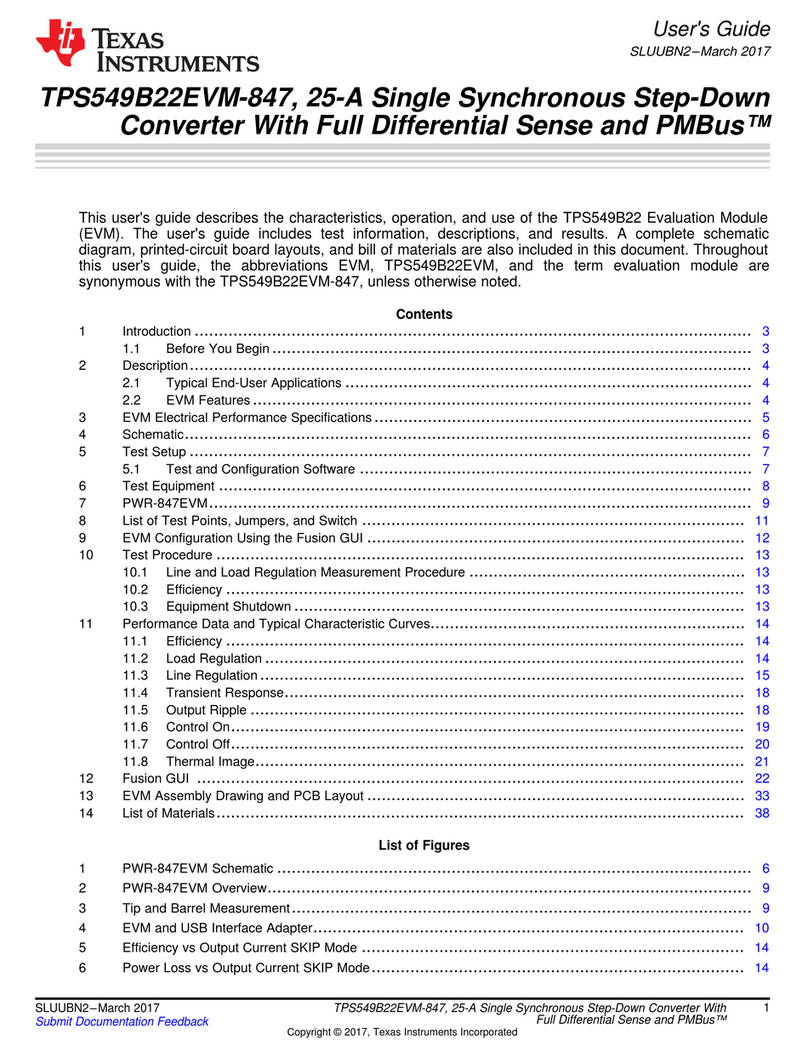Texas Instruments ADS1282 User manual
Other Texas Instruments Media Converter manuals
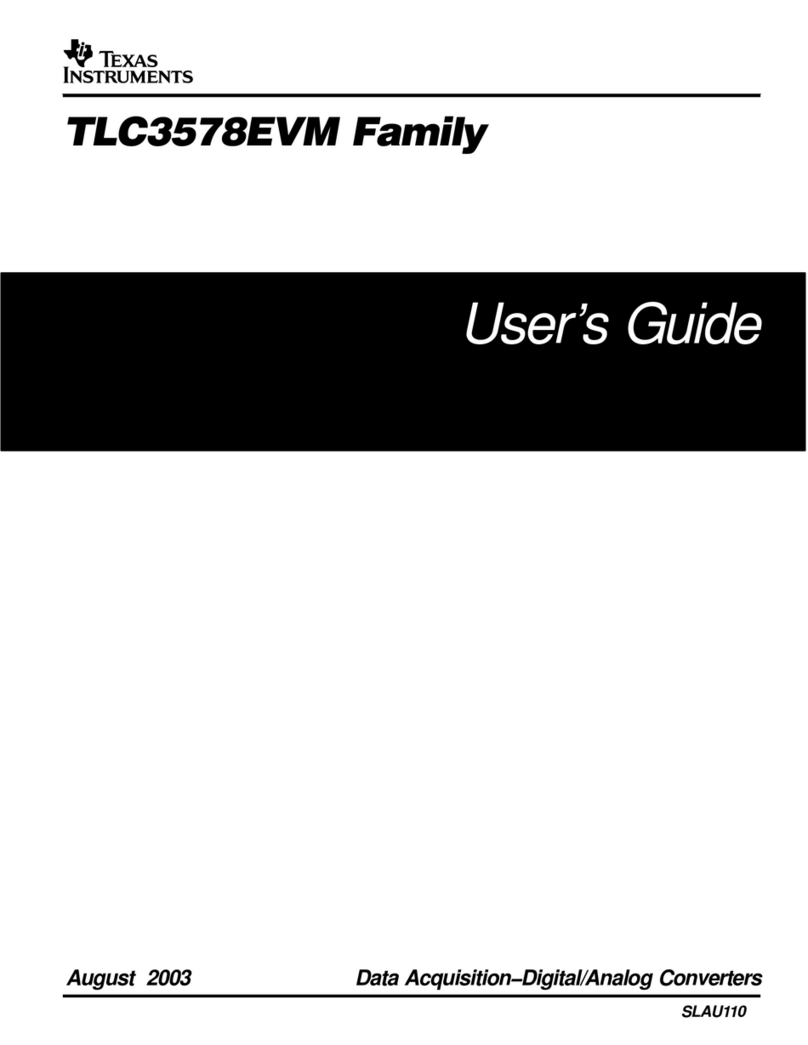
Texas Instruments
Texas Instruments TLC3578EVM FAMILY TLC3578EVM User manual
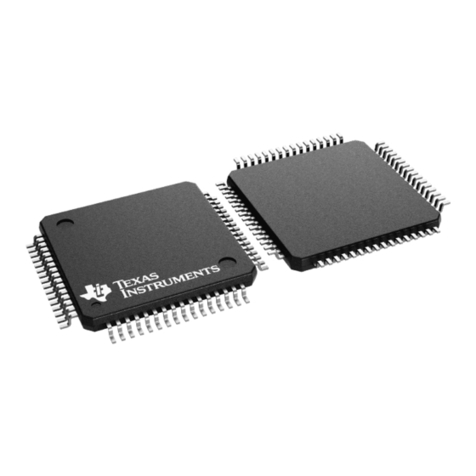
Texas Instruments
Texas Instruments MSC1210 User manual

Texas Instruments
Texas Instruments ADS1274 User manual
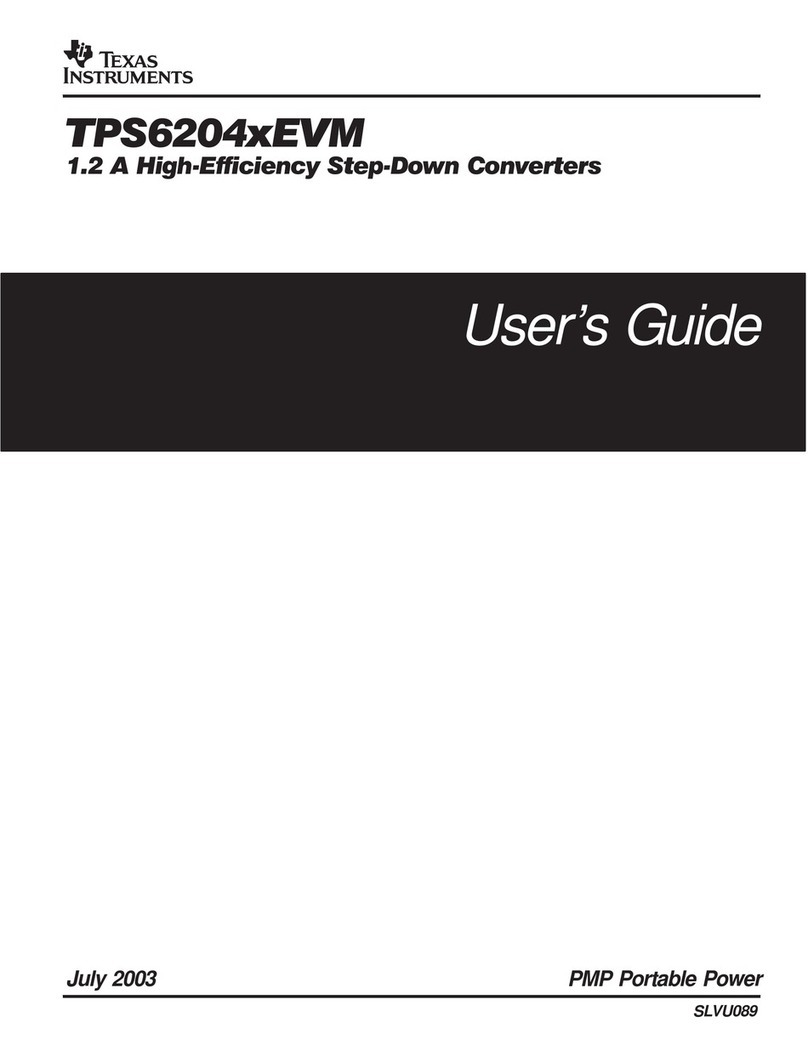
Texas Instruments
Texas Instruments TPS6204xEVM User manual
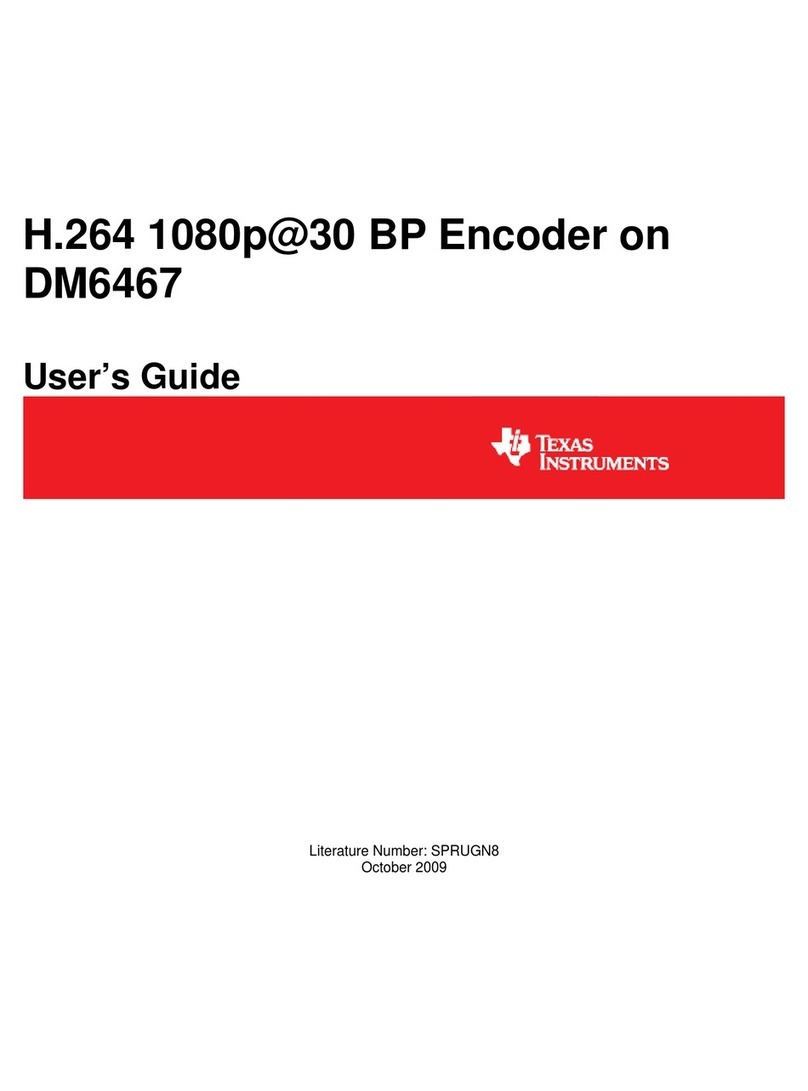
Texas Instruments
Texas Instruments DM6467 User manual
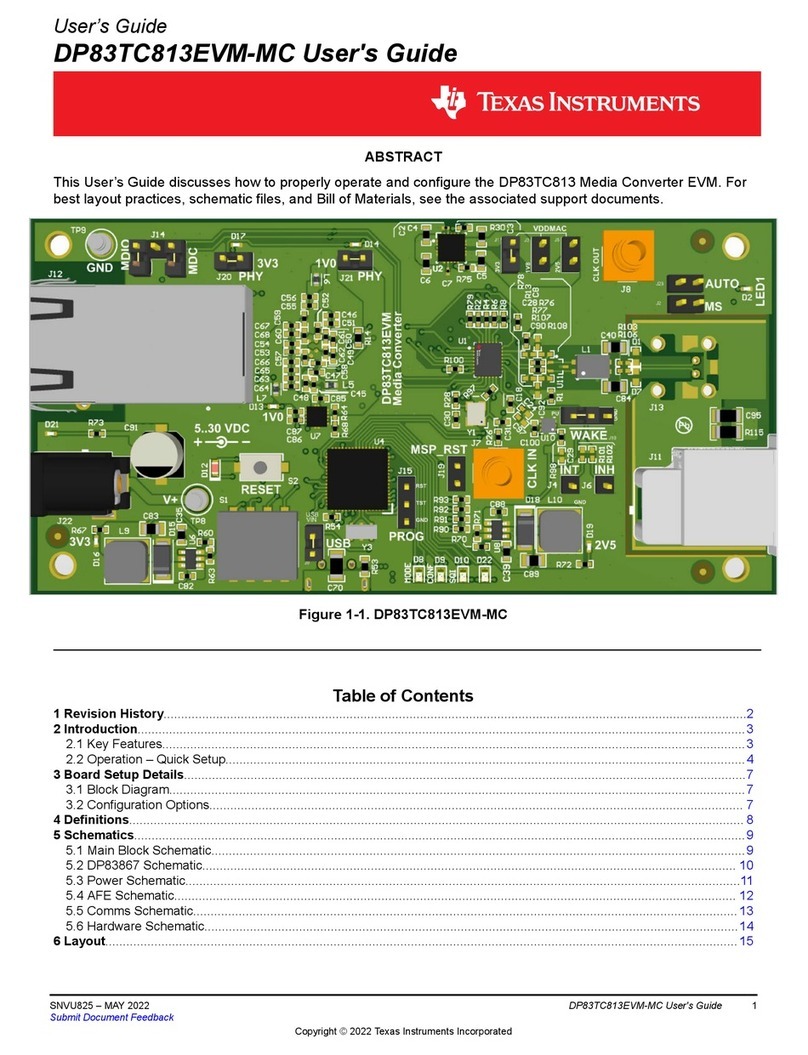
Texas Instruments
Texas Instruments DP83TC813EVM-MC User manual
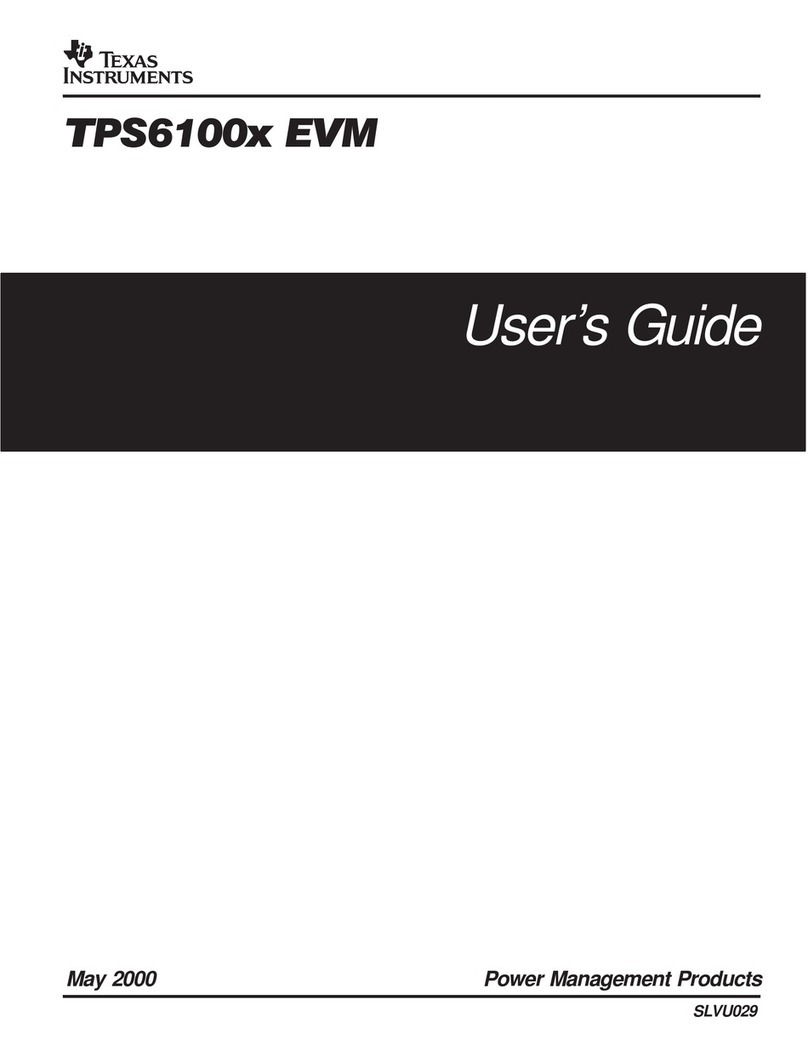
Texas Instruments
Texas Instruments TPS6100 EVM Series User manual
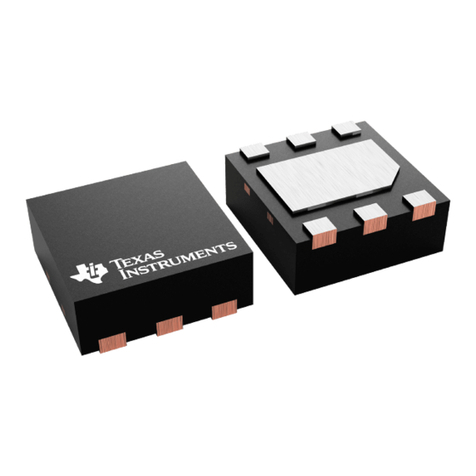
Texas Instruments
Texas Instruments TPS6104 Series User manual
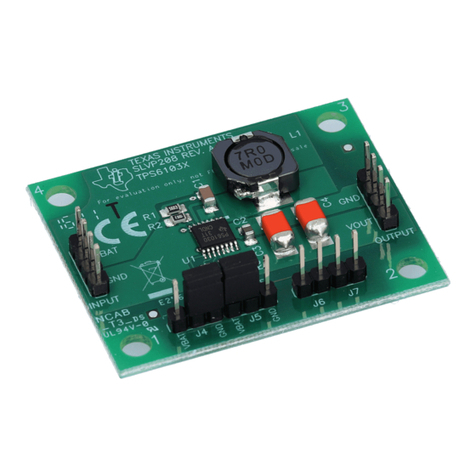
Texas Instruments
Texas Instruments TPS6103 Series User manual
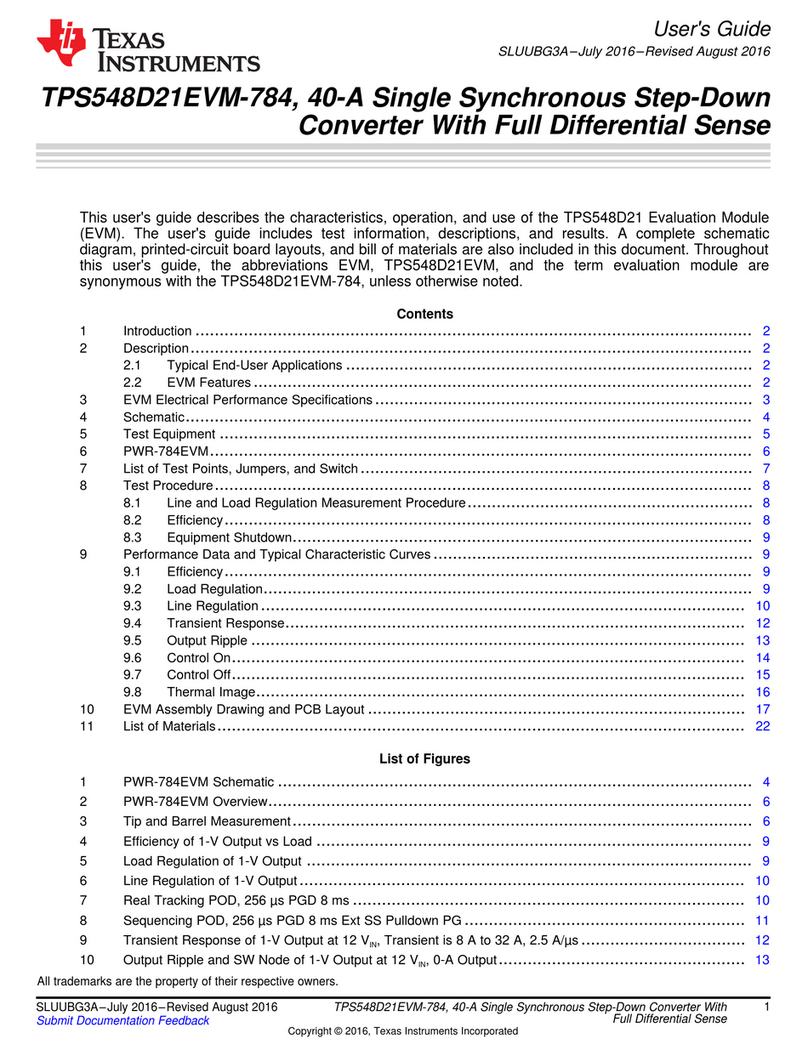
Texas Instruments
Texas Instruments TPS548D21EVM-784 User manual
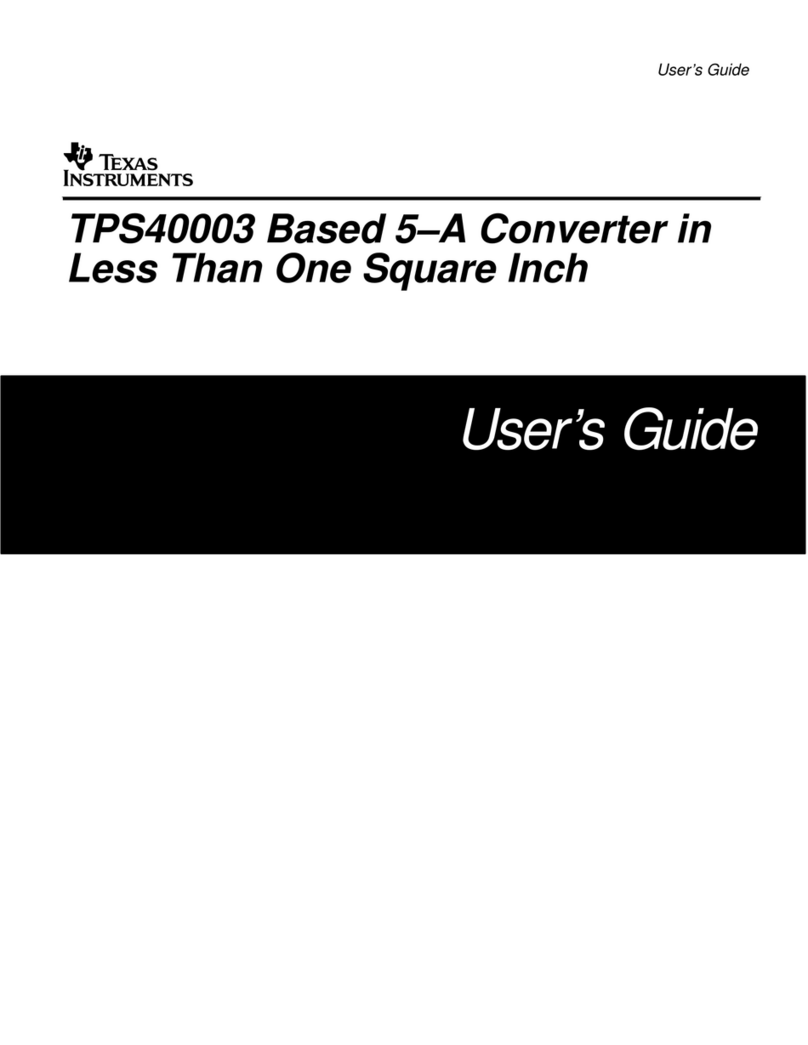
Texas Instruments
Texas Instruments TPS40003 User manual

Texas Instruments
Texas Instruments TPS54320 User manual
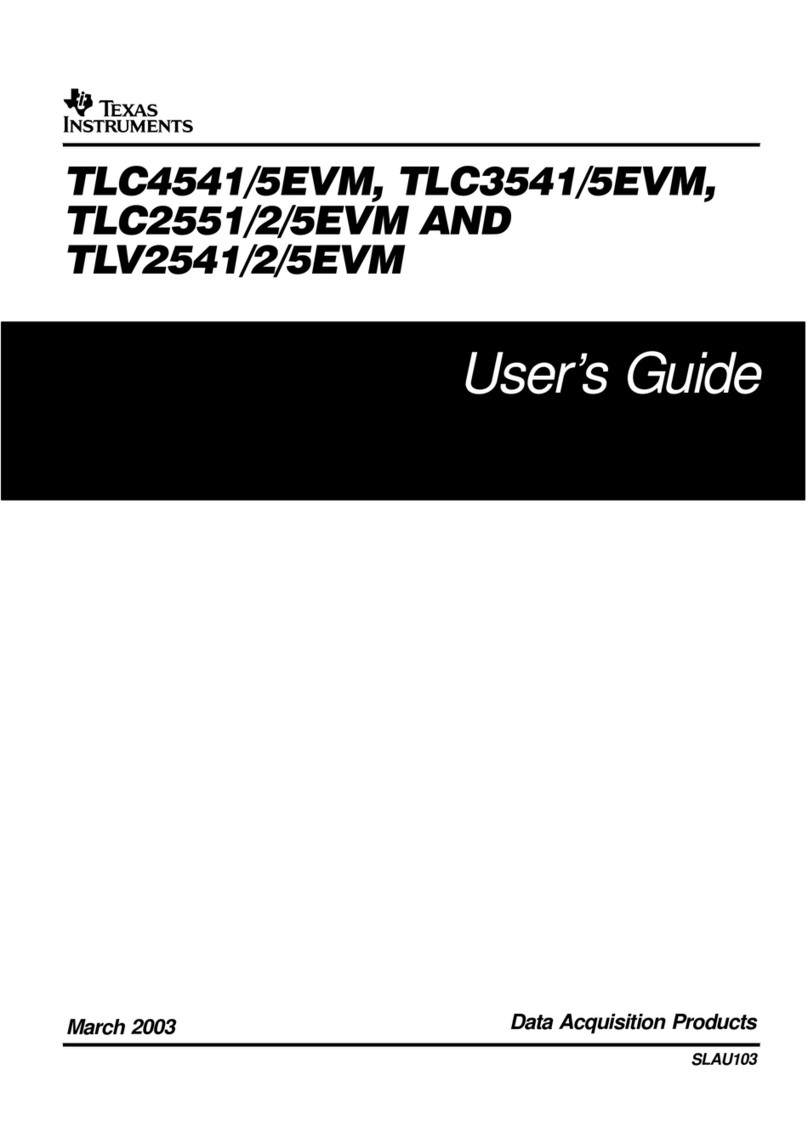
Texas Instruments
Texas Instruments TLC4541EVM User manual
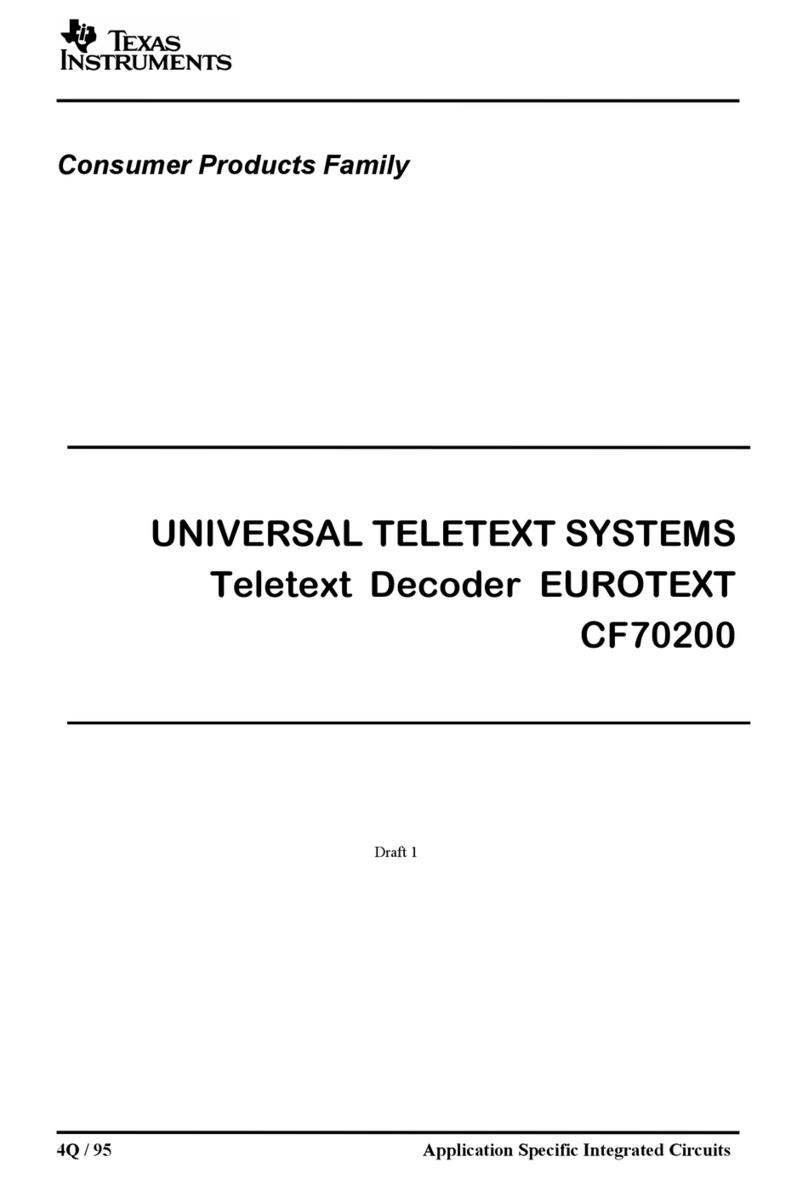
Texas Instruments
Texas Instruments EUROTEXT CF70200 User manual
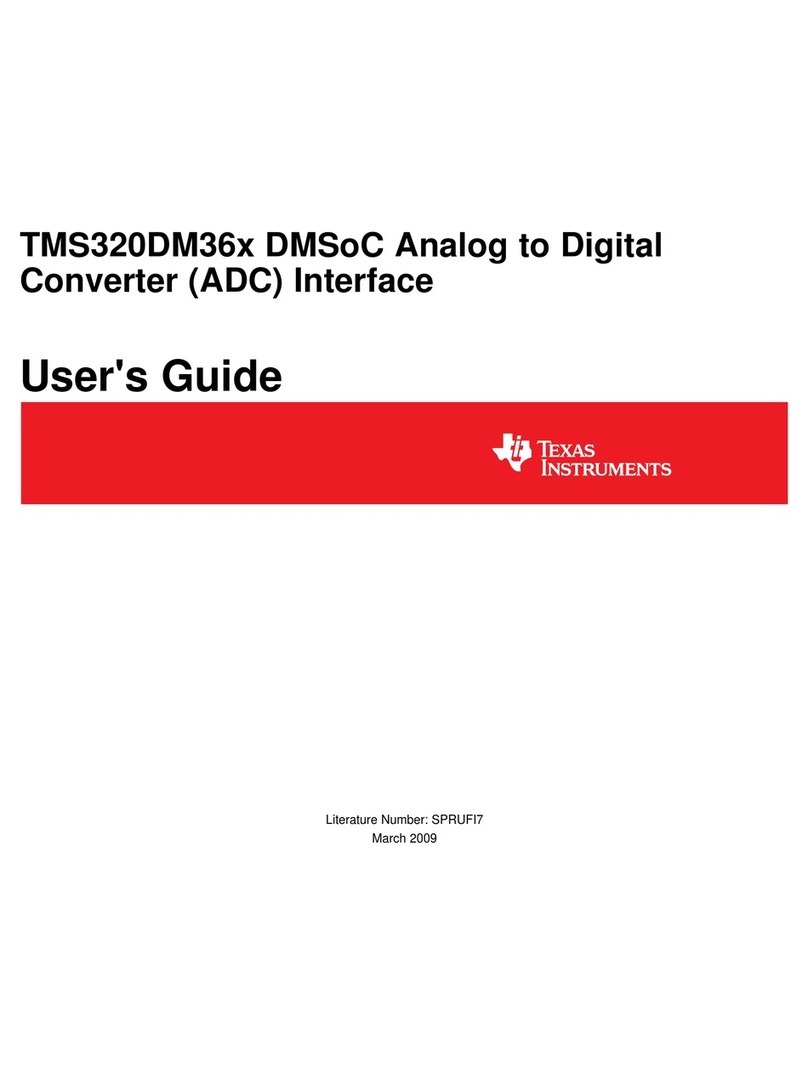
Texas Instruments
Texas Instruments TMS320DM36X User manual
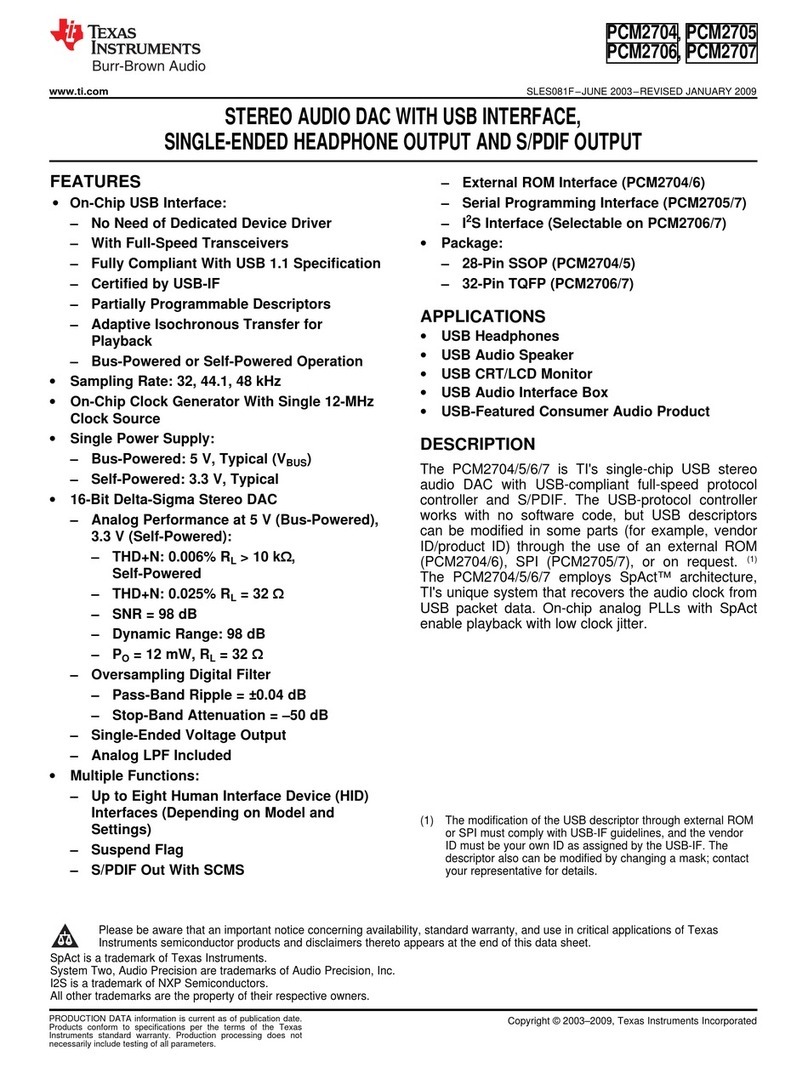
Texas Instruments
Texas Instruments PCM2704 User manual
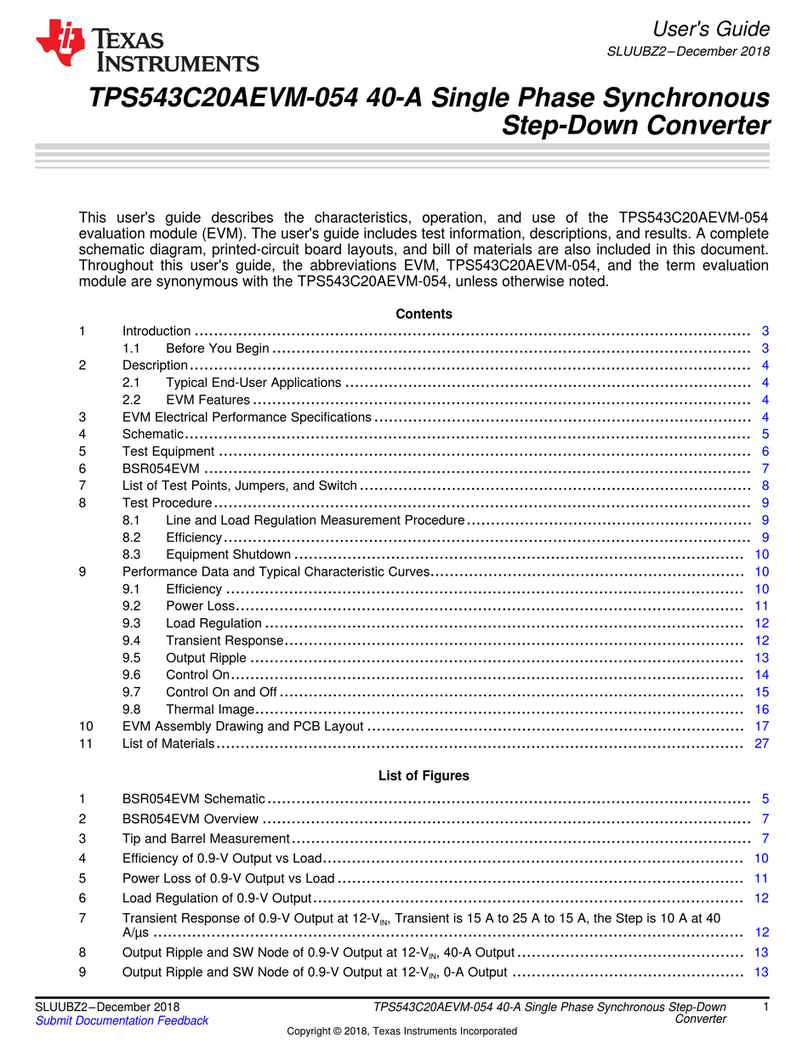
Texas Instruments
Texas Instruments TPS543C20AEVM-054 User manual

Texas Instruments
Texas Instruments UCC2891 User manual
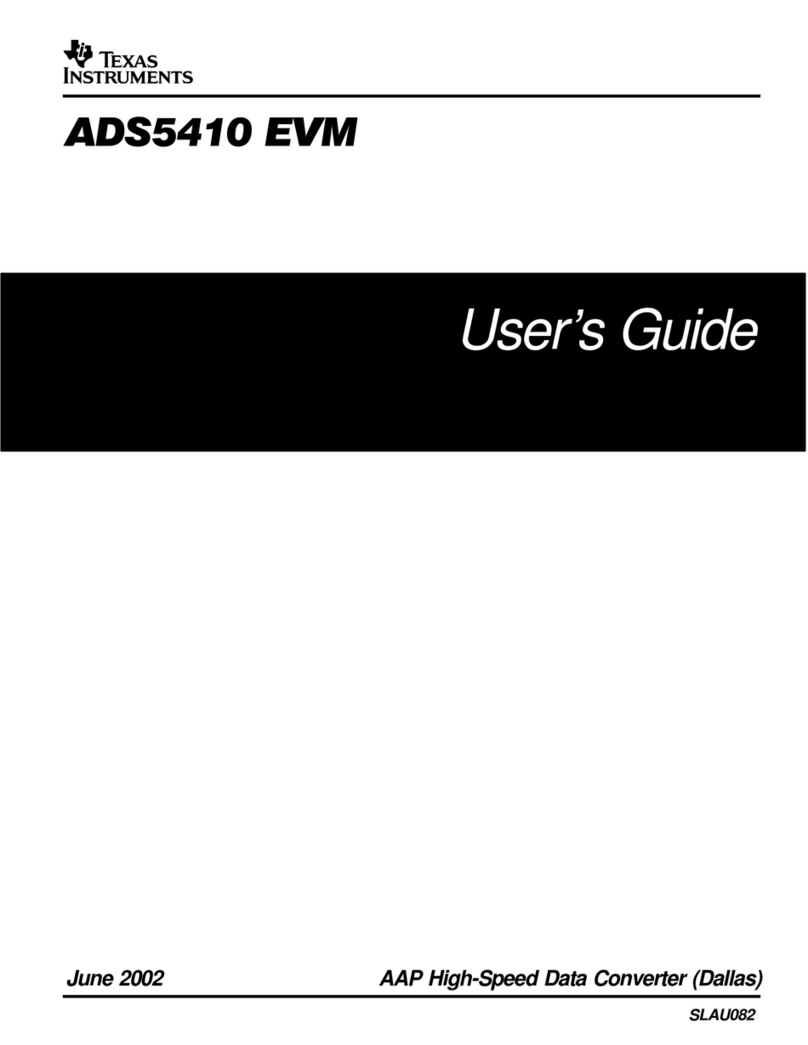
Texas Instruments
Texas Instruments ADS5410 EVM User manual
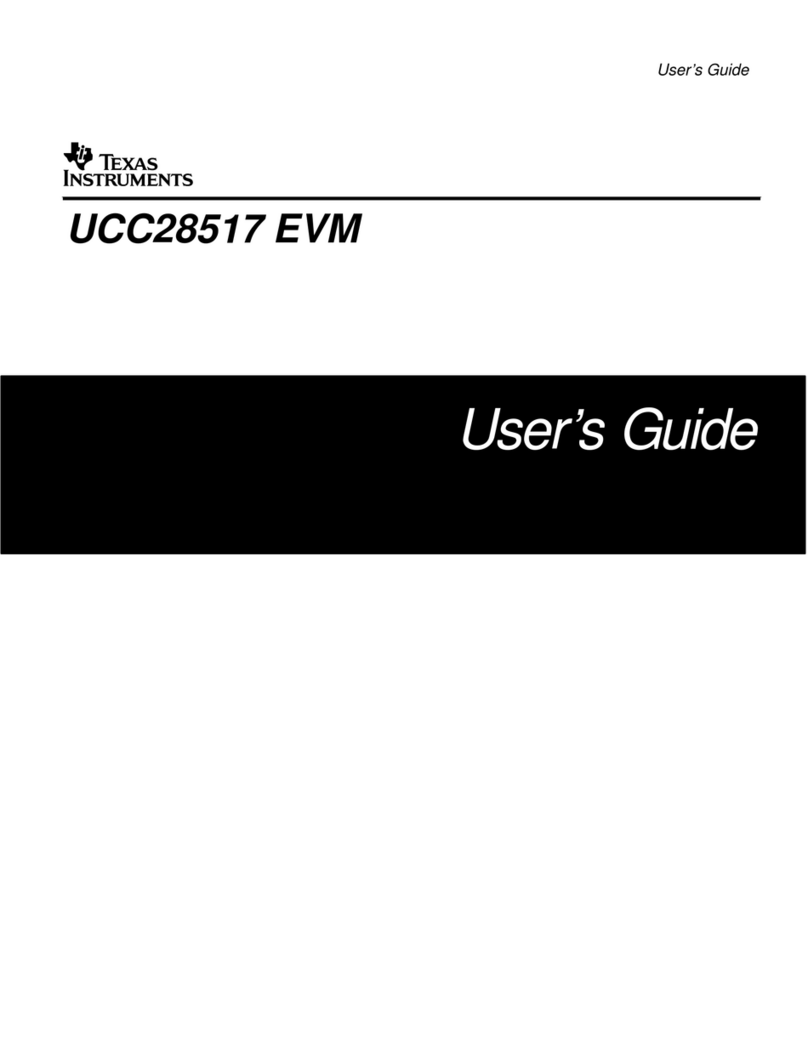
Texas Instruments
Texas Instruments UCC28517 User manual
Popular Media Converter manuals by other brands

H&B
H&B TX-100 Installation and instruction manual

Bolin Technology
Bolin Technology D Series user manual

IFM Electronic
IFM Electronic Efector 400 RN30 Series Device manual

GRASS VALLEY
GRASS VALLEY KUDOSPRO ULC2000 user manual

Linear Technology
Linear Technology DC1523A Demo Manual

Lika
Lika ROTAPULS I28 Series quick start guide

Weidmuller
Weidmuller IE-MC-VL Series Hardware installation guide

Optical Systems Design
Optical Systems Design OSD2139 Series Operator's manual

Tema Telecomunicazioni
Tema Telecomunicazioni AD615/S product manual

KTI Networks
KTI Networks KGC-352 Series installation guide

Gira
Gira 0588 Series operating instructions

Lika
Lika SFA-5000-FD user guide



